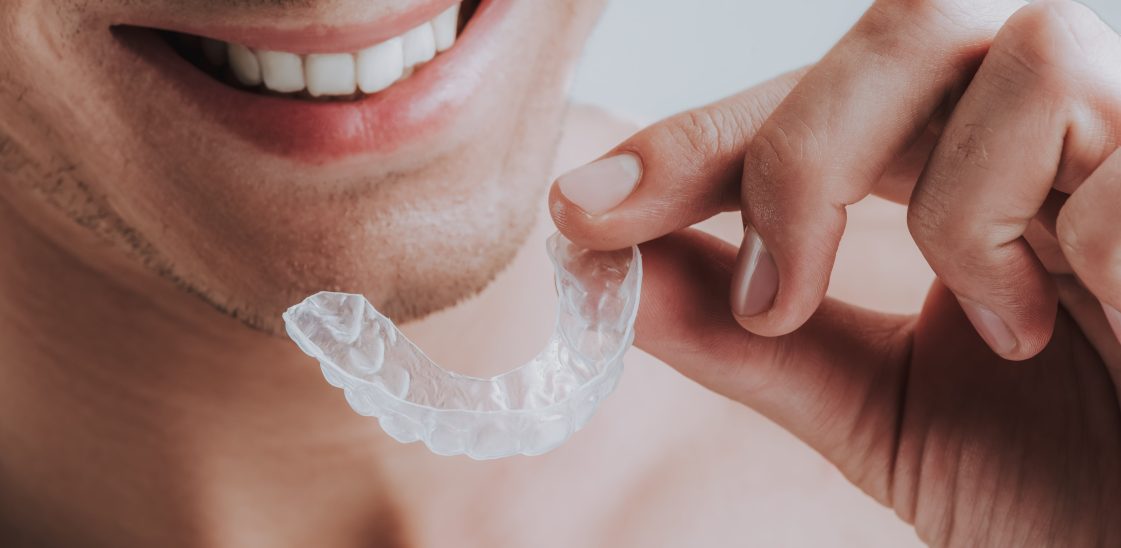
How to treat temporomandibular disorder
Temporomandibular disorder (TMD) is a condition that affects the jaw joints positioned just below your ears on each side of your skull. Characterised by pain, stiffness and popping or clicking noises in your jaw, TMD can have a significant impact on your daily life. It can even make it harder to eat and drink.[1]
Can TMD be cured?
As temporomandibular disorder can be caused by a range of problems, there is no one answer to whether or not it can be cured. However, if your dentist believes your TMD is caused by arthritis, it’s likely that it won’t simply go away with a change in behaviour. There is currently no cure for arthritis, but treatments that slow and manage the condition may also help to ease TMD symptoms.[1]
Does temporomandibular joint disorder go away?
In many cases, temporomandibular disorder can go away on its own, or without medicated treatment. TMD caused by stress, for example, may be relieved by taking things easy and giving yourself time to relax – or simply by getting through a stressful situation if the stress cannot be avoided.[1]
Can TMD get worse?
While TMD usually isn’t serious and may get better on its own, it can sometimes get worse. This usually happens when another factor impacts on the disorder – for example, if you had TMD caused by teeth grinding and then suffered a head injury which exacerbated the condition. If your symptoms get worse suddenly or are severely impacting your daily activities, speak to your dentist to find out what can be done to ease the condition.[1]
How to get rid of TMD
As TMD can be caused by a range of factors, the treatment that is right for you may depend on what is triggering your condition. If you are in pain, then taking an over the counter painkiller such as paracetamol or ibuprofen can help to manage your symptoms. However, always check before taking painkillers alongside other medications as they may impact each other’s effectiveness.
- TMD from teeth grinding
Teeth grinding, also known as bruxism, causes wear and tear on both your teeth and your jaw joints, leading to symptoms of temporomandibular disorder. In order to limit this, the natural solution is to stop grinding your teeth – but this is easier said than done. While you may be able to tackle the habit in your waking hours, teeth grinding can be hard to stop while you’re asleep. However, using a mouth shield such as Dentek’s Maximum Protection dental guards can help to reduce the impact of teeth grinding at night.[2]
- TMD caused by an uneven bite
While an uneven bite isn’t as easy to fix as some other causes, you may be able to resolve the issue with the help of braces or a retainer. Visiting your dentist can give you a better idea of what can be done about an uneven bite, and if applicable, they can refer you to a qualified orthodontist for more information.[3]
- TMD caused by stress
We all have to face a certain amount of stress in our daily lives, but if your stress is causing TMD symptoms, it may be a sign you need to make a change. Smaller changes you can make include setting boundaries between work and home time, allowing yourself to be unproductive when resting and spending time with loved ones.
In addition, one tiny actionable tip you could employ in your everyday life is to check your body for tension. Set reminders to do this regularly and take the time to have a deep breath and relax your muscles, paying particular attention to clenched jaws. A clenched jaw may cause undue wear and tear similar to teeth grinding that could result in TMD symptoms – but even if it isn’t, relaxing your body will help you to feel better in the moment.[1]
Resources:
[1] https://www.nhs.uk/conditions/temporomandibular-disorder-tmd/





